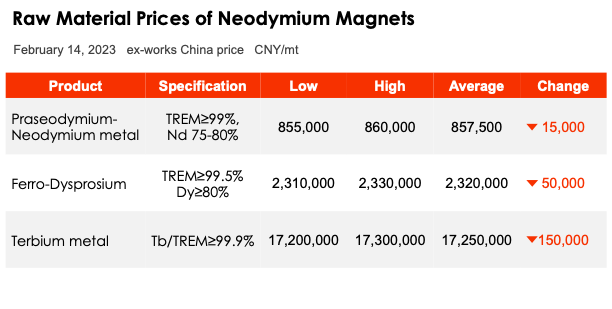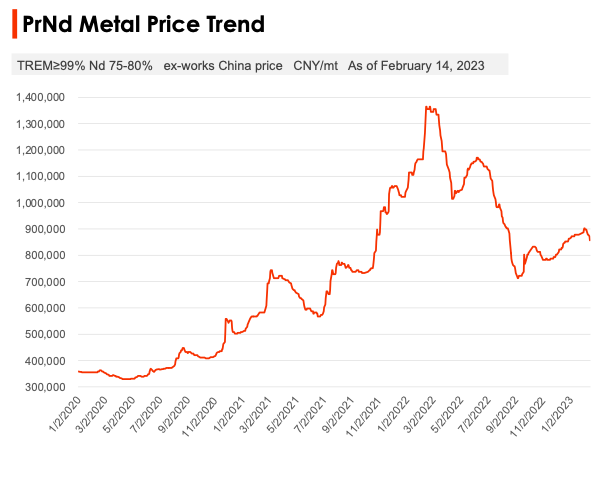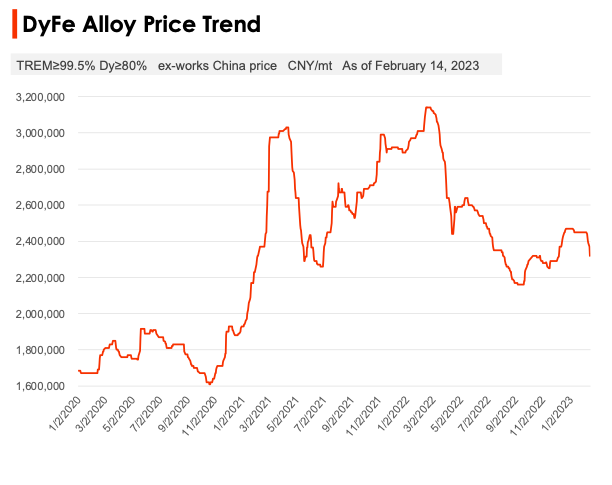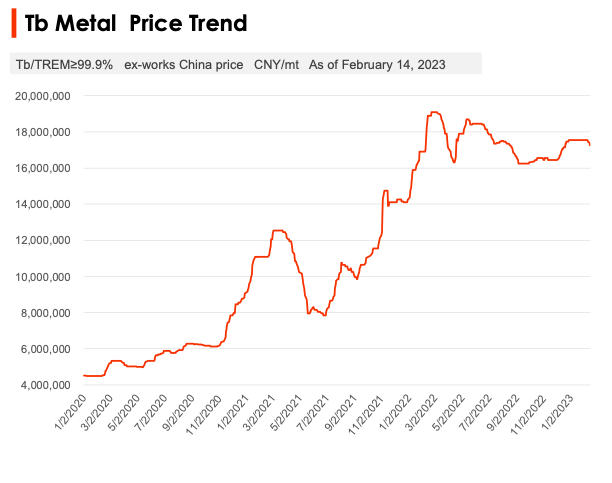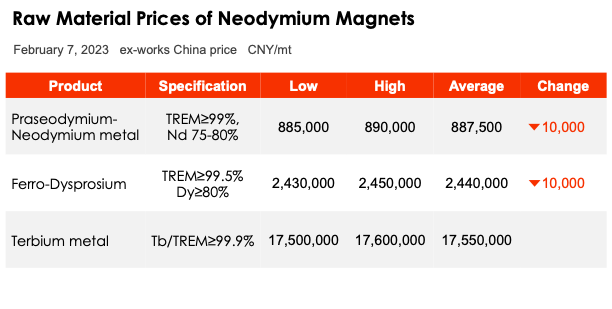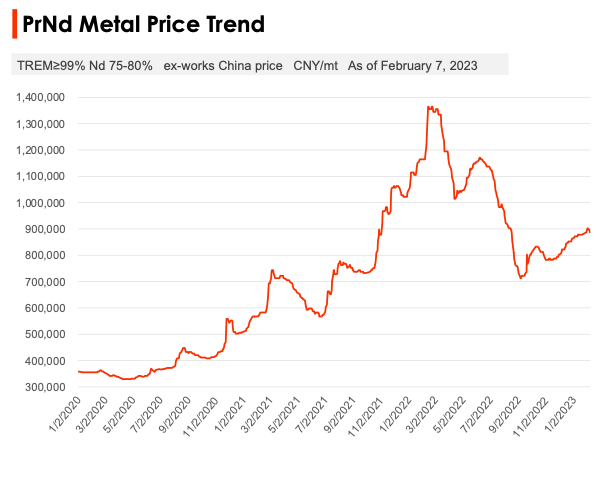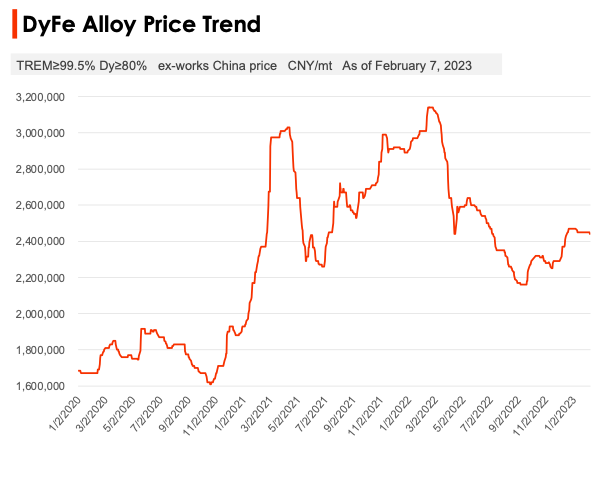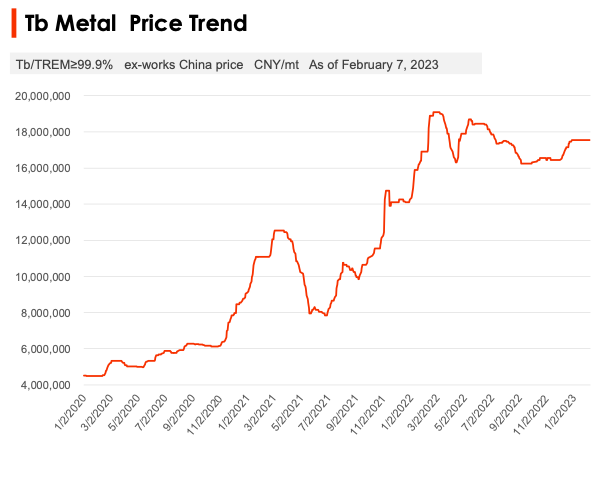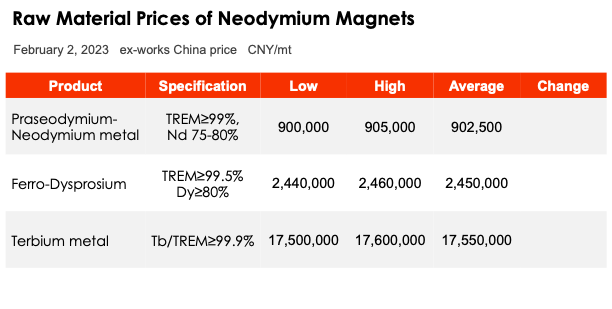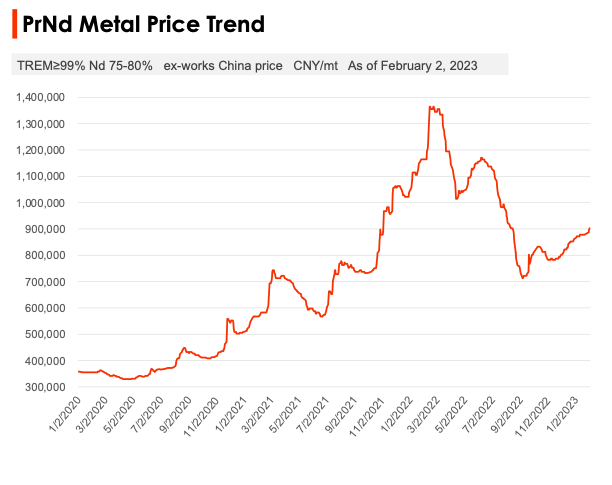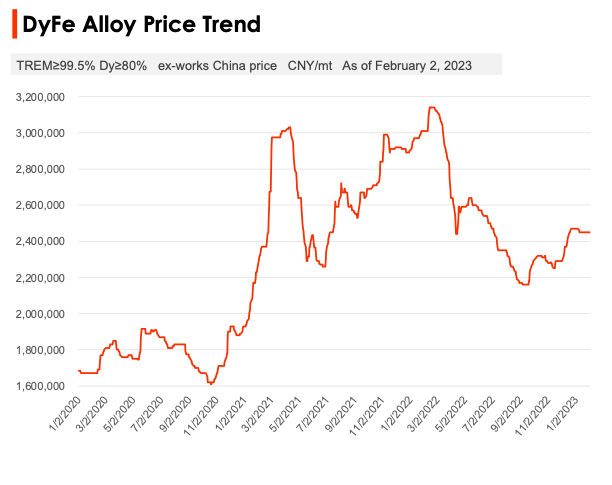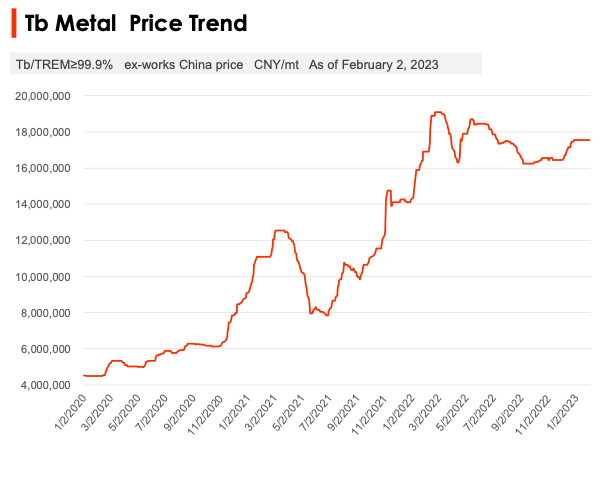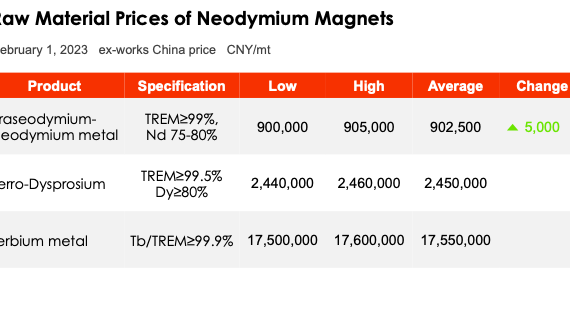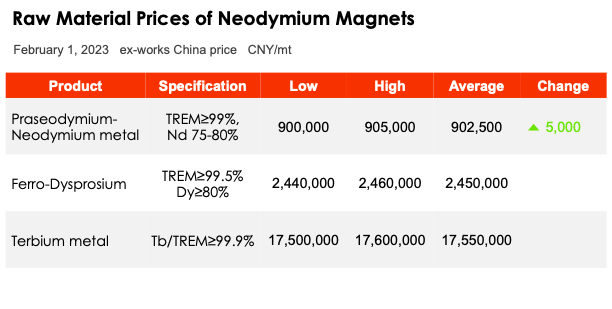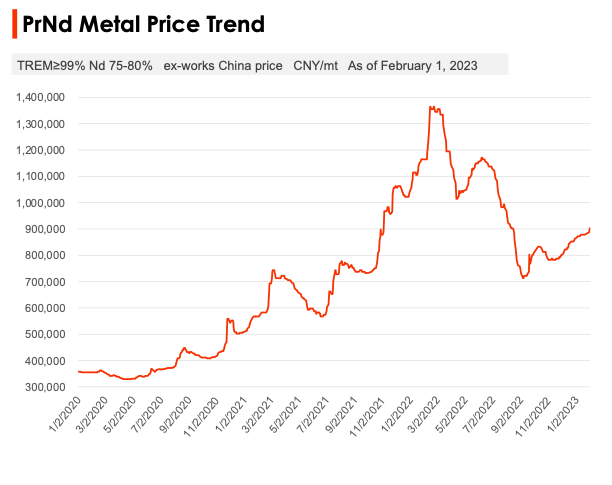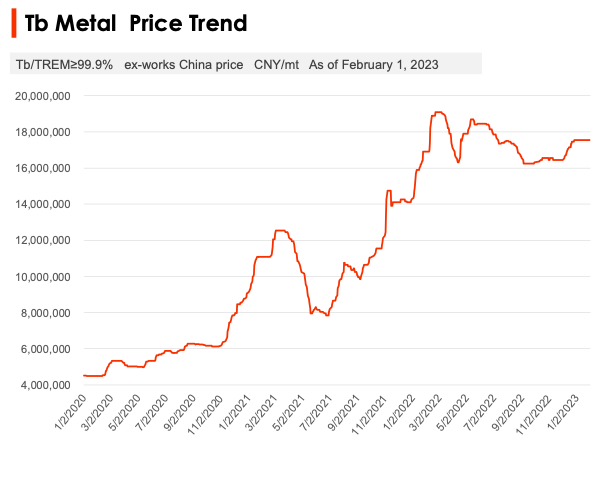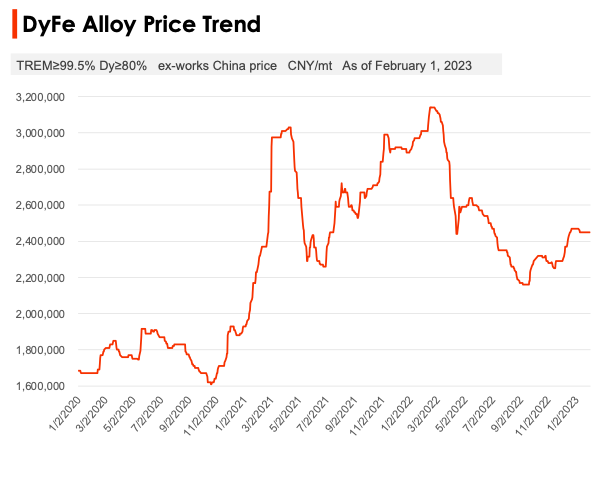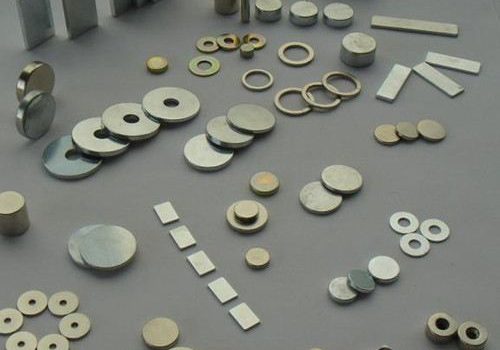The Strongest Permanent Magnets in the World | Applications and Uses
- 2023-02-22
Magnets have become an integral part of our modern world, and their applications are endless. From small household appliances to large industrial machines, magnets play a significant role in making our lives easier and more efficient. One of the most important aspects of magnets is their strength, which determines their effectiveness in various applications. In this article, we will discuss the strongest permanent magnets in the world and their applications and uses.
Neodymium magnets, also known as NdFeB magnets, are the strongest permanent magnets in the world. They are made from an alloy of neodymium, iron, and boron and were first developed in the 1980s. These magnets have a very high magnetic field strength, making them ideal for a wide range of applications.
Applications and uses:
Neodymium magnets are commonly used in the following applications:
- Electric motors and generators
- Speakers and headphones
- MRI machines
- Hard drives
- Magnetic separators
- Wind turbines
- Levitation devices
- Magnetic bearings
Samarium Cobalt (SmCo) magnets are another type of rare earth magnet that has high magnetic strength. These magnets are made from an alloy of samarium, cobalt, and iron and were developed in the 1960s. They are very expensive compared to other magnets, but they have excellent magnetic stability and can operate at high temperatures.
Applications and uses:
Samarium Cobalt magnets are commonly used in the following applications:
- Electric motors and generators
- Magnetic bearings
- Sensors
- Actuators
- Aerospace and military applications
Alnico magnets are made from an alloy of aluminum, nickel, and cobalt, and have a high magnetic strength. They were first developed in the 1930s and were the strongest magnets available at the time. However, their strength is not as high as neodymium magnets, but they have excellent temperature stability and can operate at high temperatures.
Applications and uses:
Alnico magnets are commonly used in the following applications:
- Electric motors and generators
- Loudspeakers and microphones
- Guitar pickups
- Hall effect sensors
- Magnetron tubes
- Industrial and manufacturing applications
Ceramic magnets, also known as ferrite magnets, are the most affordable and widely used magnets in the world. They are made from a ceramic material and have a lower magnetic strength than other types of magnets. However, they are very durable and can operate at high temperatures.
Applications and uses:
Ceramic magnets are commonly used in the following applications:
- Electric motors and generators
- Magnetic chucks
- Holding magnets
- Magnetic toys
- Industrial and manufacturing applications
Conclusion:
Magnets have revolutionized the modern world, and their applications and uses are endless. The strongest permanent magnets in the world, such as neodymium magnets and samarium cobalt magnets, have opened up new possibilities in various fields such as medicine, aerospace, and energy production. As technology continues to advance, it is likely that we will see more uses for these powerful magnets in the future.
READ MORE

 Magnetic Field Calculation
Magnetic Field Calculation Raw Material Trend
Raw Material Trend Magnet Testing
Magnet Testing Magnet Plating
Magnet Plating Magnetization
Magnetization Magnet Packing for Shipment
Magnet Packing for Shipment Magnetic Glossary
Magnetic Glossary Magnets Overview
Magnets Overview Magnets FAQ'S
Magnets FAQ'S Alibaba Trade Assurance
Alibaba Trade Assurance